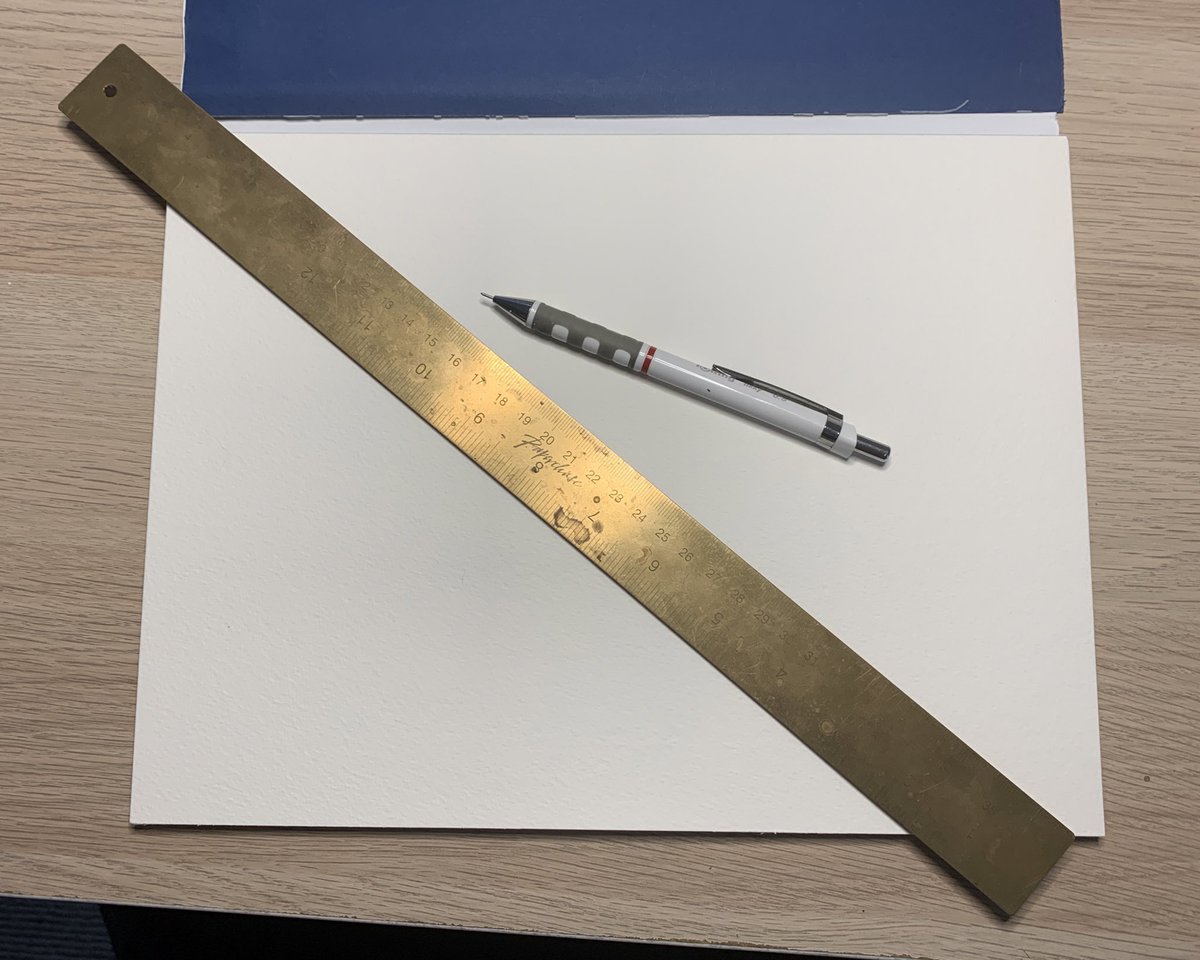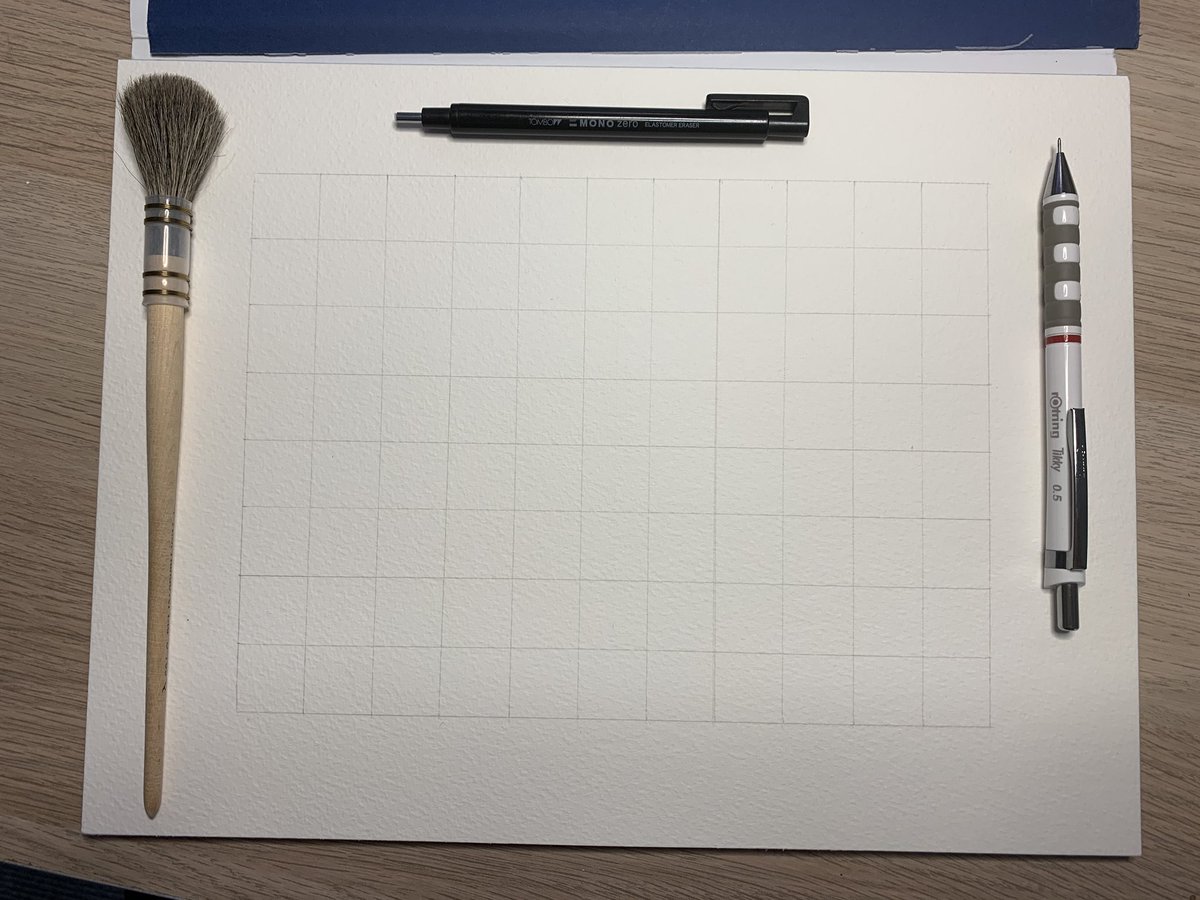
Throwback to last May. I found these two Clubiona terrestris wandering about on a planter. I only had one vial to hand so I risked putting them both in it together just to get them inside. As soon as they met, one piled on the other & I thought that was it, game over... 

Then I saw that what I actually had was a male & female & he had pounced on her to mate with her. What was most remarkable about this was the total lack of any kind of courtship behaviour or caution in approaching her. He just got straight down to it as soon as he got a chance.
She didn’t stop wandering around for a while... almost like she hadn’t even realised what was happening either. Eventually, they settled & remained coupled like this for over an hour.
If you zoom in on the pic, you’ll see a whitish, balloon like structure just below his mouthparts. That’s called a haematodocha & is part of his pedipalp. Its function is to increase pressure in the parts of his palp that inject sperm into the female in order to ensure transfer.
• • •
Missing some Tweet in this thread? You can try to
force a refresh









